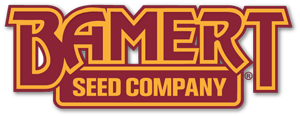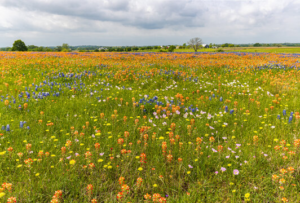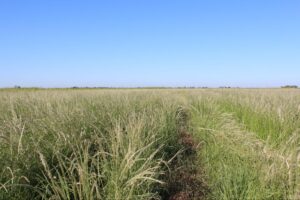Within our land management circle, the term “Big Four” is commonly used to refer to the four grasses that are stalwarts of the true Tallgrass Prairie. The Big Four are both prized by stewards because of the benefits they lend to the ecosystem and desired by grazers for sustenance. We recently wrapped up our blog series on that fabulous four. Now it’s time to take a closer look at another set of — you guessed it — four species that are perennial stars in their own right.
We kick off our “Big Four” Native Perennial Forbs series with the Bush Sunflower—Latin name, Simsia calva. When you think of sunflowers, it’s probably not this one that pops into your mind. Bush Sunflower is in a different genus than the common sunflower. The Bush Sunflower’s ability to contribute to the ecosystem is not small in stature. It is a highly palatable plant grazed upon by several classes of livestock and wildlife. Both game birds and songbirds are attracted to the Bush Sunflower’s seeds. These seeds are smaller than those of other species but are high in quality. In addition, the dense foliage of the plant provides cover and attracts pollinators.
Bush Sunflower Facts
Bush Sunflower is smaller than most other species of sunflowers. However, its gold color pops no matter where it blooms, with flowers 1 to 1 ½ inches wide. It takes on more of a scraggly, bushy growth, becoming 12 to 24 inches tall and 12 to 18 inches across. Historically, the plant was found across several native rangelands. Because it is so attractive to wildlife and livestock, it has been historically grazed out. Many times, it can only be found where prickly pear or other protective brush keeps grazers at bay.
This perennial forb provides ecosystem diversity to a reclamation or habitat enhancement project. The experts at Bamert Seed can help you include this simple, golden beauty in blends ideal for your projects.



